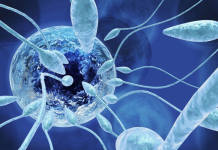According to information provided by WHO, the list of respiratory tract injuries most dangerous to human health includes lung sarcoidosis. What is this - a question that interests not only sick people.
Given the asymptomatic nature of the disease in the early stages of development, an understanding of the mechanism of its occurrence makes it possible to timely detect an imminent threat and take measures to eliminate it.
Material Content:
Sarcoidosis of the lungs - what is it?
Sarcoidosis of the lungs is called a systemic pathology of the respiratory system, the development of which is accompanied by damage to the lung tissue with the formation of granulomas - small, limited in size inflammatory areas in the form of dense nodules. The disease is classified as benign granulomatosis.
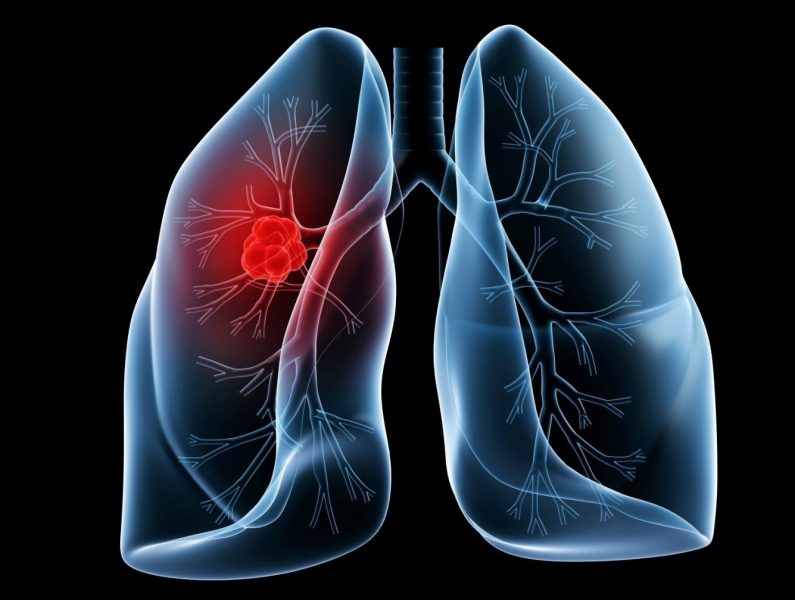
As sarcoidosis develops, intrathoracic, tracheobronchial and bronchopulmonary lymph nodes are affected, and the number of granulomas increases many times. Gradually, granulomas merge, forming large areas of the lesion, within which the natural functionality of the organs becomes impossible.
Resorption of granulomas and the occurrence of fibrotic changes are a typical outcome of the development of sarcoid nodules.
Pathology has no infectious nature and is not dangerous for people around the patient. Most often, it occurs in women at a young and middle age.
Despite the huge number of versions of the origin of sarcoidosis, none of the etiological theories has received actual evidence. Moreover, it remains a mystery to scientists why non-smokers are more susceptible to sarcoidosis.
The causes of the disease
Since science does not yet have accurate data on the causes of sarcoidosis of the lungs and intrathoracic lymph nodes, doctors are inclined to believe that the onset of the disease is the result of exposure to pathogenic environmental factors and a genetic predisposition.
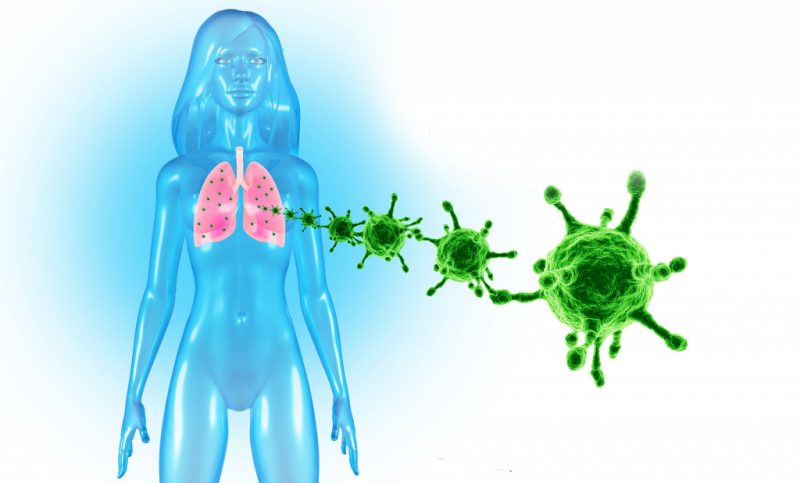
Hypothetically, the most likely causes of sarcoidosis are:
- infectious damage - with herpes viruses, fungi, bacteria and other types of pathogenic microorganisms;
- a kind of allergic reaction to chemical and biological irritants;
- lack of an adequate immunological response of the body to pathogenic agents.
According to one of the versions considered by the world scientific community, sarcoid granuloma is a clinomorphological phenomenon that develops against the background of the action of pathogenic agents on an immune-weakened organism. Moreover, exposure factors can have both exogenous (external) and endogenous (internal) nature.
In this way, a low level of cellular immunity is one of the characteristic prerequisites for the occurrence of sarcoidosis.
Symptoms of lung sarcoidosis
The first signs of sarcoidosis are often left without proper attention. The appearance of weakness, loss of appetite, fatigue and slight coughing can be regarded as a small catarrhal illness.

And only when the disease goes into the acute phase of development, there are other symptoms of sarcoidosis:
- a sharp increase in temperature to 40C °;
- an increase in intrathoracic lymph nodes;
- vascular inflammation of the skin in the form of erythema nodosum;
- bilateral increase in pulmonary roots;
- swelling and pain in the joints;
- arthritic lesions of the knee and ankle joints;
- dyspnea;
- inflammatory processes in the eye area;
- red-brown granulomas and papules in various parts of the body, after the disappearance of which scars remain;
- thickening of the finger phalanges;
- development of dysfunctions of the heart and nervous system.
As sarcoidosis develops, even more serious clinical manifestations associated with pathological changes in the lungs join the main symptoms.
In some cases, the symptomatic manifestations of sarcoidosis cease on their own within a few months, which is typical for the acute form of the disease. If the disease progresses, this indicates the development of the most dangerous - a chronic form of pathology.
Developmental stages
The degree of development of sarcoidosis is determined on the basis of data obtained by x-ray.
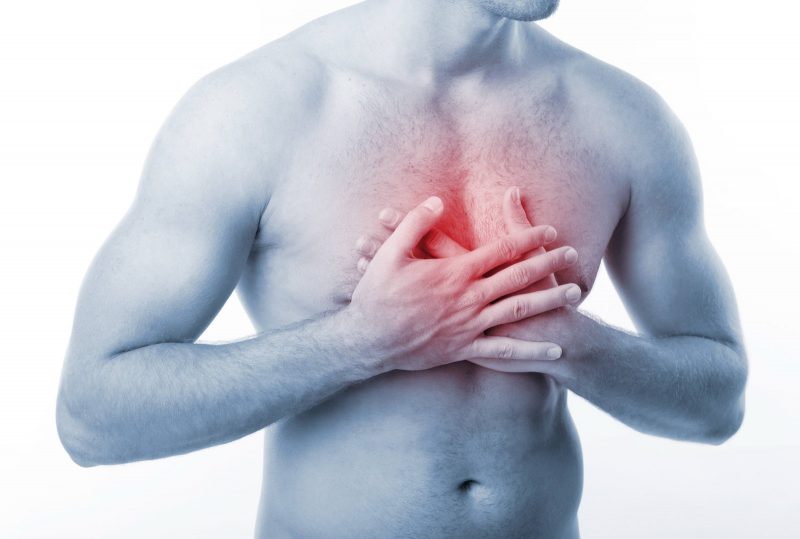
Pathological changes in the affected body correspond to the form of the development of the disease:
- the initial stage of the disease is characterized by an increase in most types of intrathoracic lymph nodes;
- the second stage is mediastinal-pulmonary. It is diagnosed in the presence of bilateral dissemination (spread) of inflammatory foci, accumulation of biological fluid (infiltrate) in the lungs, damage and change in the structure of the intrathoracic lymph nodes;
- the third stage is pulmonary. It is accompanied by severe fibrosis of the lung tissue, as well as the fusion of granulomatous foci into giant multinuclear cells, replacing the organ structure with connective tissue.
Depending on the location of the affected areas, lung sarcoidosis can affect not only the intrathoracic lymph nodes, but also other organs of the respiratory system. In addition, there is a generalized type of sarcoidosis that affects most body systems, including the lungs.
The disease is characterized by three phases of the course - exacerbation, stabilization and reverse development.During the reverse development, resorption of granulomas usually occurs. But in some cases, their calcination is possible.
The nature of the development of sarcoidosis may vary, depending on the rate of increase of pathological changes.
Diagnosis of the disease
It is not possible to establish an accurate diagnosis of sarcoidosis if only the information received from the patient and during the examination is used.
There are frequent cases when granulomas in the lung tissue are detected by chance, during imaging research methods, or radiography during examination in TB facilities, since the primary signs of tuberculosis and sarcoidosis are largely the same.
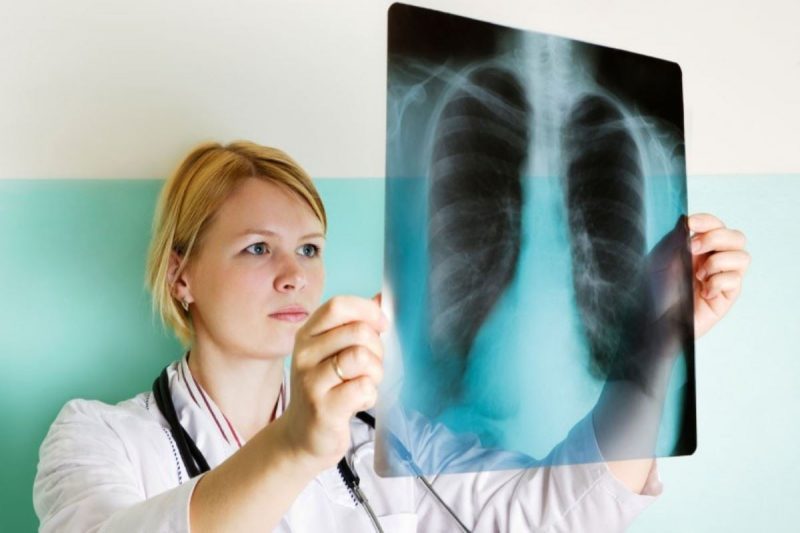
Indirect signs of the disease can be determined by bronchoscopy, and to obtain direct confirmation of diagnostic information, doctors use the results of histological and cytological studies of a biopsy obtained by biopsy or pleuroscopy of affected tissues.
A blood test is considered to be an equally important diagnostic measure, which allows determining the growth of ESR and an increase in the number of leukocytes, as well as establishing the presence of eosonophilia, lymphocytosis and monocytosis, which are changes in blood composition characteristic of sarcoidosis.
Also among the most informative diagnostic techniques is MRI and computed tomography of the lungs.
ICD-10 sarcoidosis code
According to the standards provided by the International Classification of Diseases of the tenth revision, sarcoidosis refers to diseases that violate the immune mechanism. ICD-10 code D86 is assigned to sarcoidosis of the lungs.
In addition, as a separate variant of the disease, sarcoidosis of the lungs with sarcoidosis of the lymph nodes was isolated. This pathology is assigned the code D86.2.
The use of materials for the classification of diseases facilitates the diagnosis by medical specialists. But even after confirming the diagnosis, the treatment process requires a lot of time and can take more than three years.
Disease treatment
Sarcoidosis is prone to spontaneous remission. Therefore, pulmonologists always consider this possibility when choosing treatment methods. In most cases, a specific treatment for lung sarcoidosis is prescribed after six months, during which the patient's condition is monitored.

If the disease takes an active chronic form with a severe progressive course, apply treatment in a hospital - therapy aimed at stopping symptoms and preventing relapse.
Traditional treatment
As drugs that stabilize pathological processes, are used:
- corticosteroid drugs - prednisone;
- anti-inflammatory drugs - Indomethacin, Aspirin;
- immunosuppressants - Chloroquine;
- antioxidants - Retinol, Tocopherol Acetate.
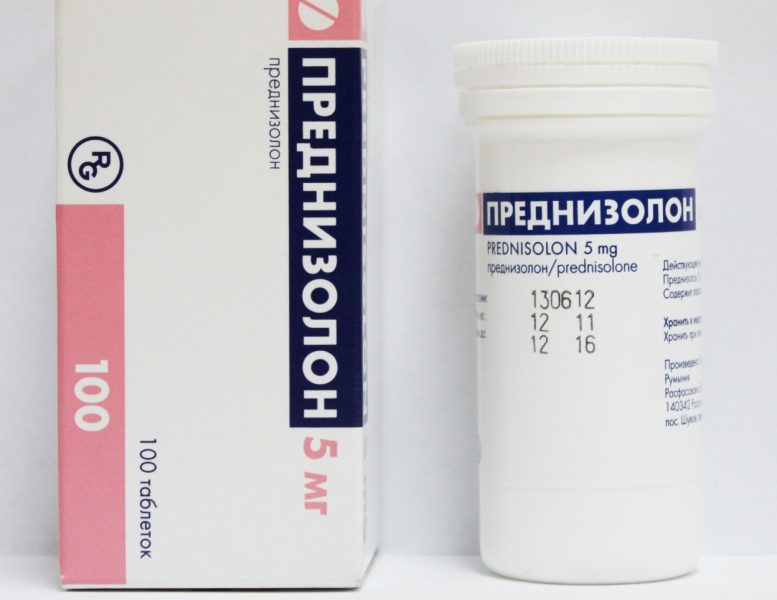
To increase drug efficiency, complex hardware therapy is used - exposure to EHF, ultrasound using hydrocortisone in the region of the shoulder blades, phonophoresis and electrophoresis.
In particularly difficult cases, the only way to improve the patient's condition is through transplantation of the affected organ, that is, a lung transplant.
Diagnosis of the disease in women expecting a baby is not considered a reason for abortion, since sarcoidosis does not affect the development of the fetus.
Folk remedies for the disease
The use of folk remedies is appropriate as an additional therapeutic measure in drug therapy.

To strengthen the body, it is recommended to use teas and decoctions of medicinal herbs - chamomile, sage, oregano, rose hips, parsnips, plantain, calendula.
Features of nutrition in sarcoidosis of the lungs
Properly organized nutrition is the basis for increasing the effectiveness of drug treatment. Especially when taking steroid drugs.
The basis of a therapeutic diet is products that do not contain carbohydrates and calcium, as these substances complicate the course of the disease.

In addition, with sarcoidosis, fried, salty, spicy and smoked dishes are not recommended for use, as weakening the immune system.
The basis of the optimal diet should be products of plant origin - cereals, vegetables, lean meat, fruits and berries.
Possible complications
The possibility of developing complications is not excluded by doctors, not only after stabilization of the patient’s health, but even after his full recovery.

Damage to the organs of the respiratory system can transform into:
- pneumosclerosis;
- adhesive pleurisy;
- emphysema of a bullous or diffuse type;
- basal fibrosis.
One of the most severe consequences of lung sarcoidosis is the development of respiratory failure. This complication is characterized by an abnormal change in the gas composition of the blood and a decrease in the overall functional potential of the body.
Since the function of external respiration is responsible for filling the blood with oxygen, when it is disturbed, a decrease in the oxygen level in the bloodstream occurs. The concentration of hemoglobin increases, erythrocytosis develops, the load on the heart increases, and as a result, hypoxia occurs.
The most likely prognosis in this situation is the development of the pulmonary heart and death.
The prognosis for the life of the patient
The general course of the disease is regarded as benign. The possibility of spontaneous remission is 70%. However, in the presence of complications, the probability of death increases to 5%.
The main causes of death are damage to the heart and nervous systems, as well as the development of decompensated respiratory failure.
A conditionally favorable outcome of respiratory failure is possible while providing mechanical ventilation.
Preventive actions
Due to the fact that authentic etiological pathways for the development of sarcoidosis remain unknown, official preventive measures are not provided. According to pulmonologists, the best way to avoid pathology is through activities that improve the body's immune reactivity and exercises that strengthen the organs of the respiratory system.
Despite the fact that a huge number of questions on the etiology and treatment of sarcoidosis are still unanswered, physicians around the world are optimistic. The general significance of the achievements in understanding the morphology, pathogenesis and clinical manifestations of the disease is difficult to overestimate, which means that the correct answers are somewhere nearby.




